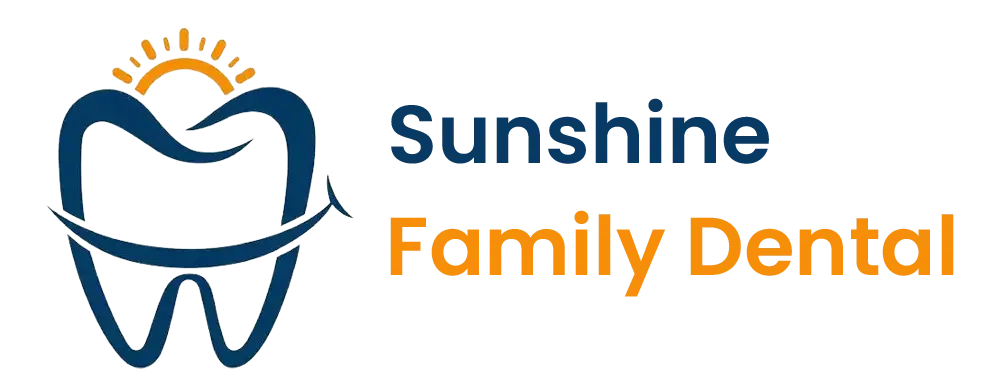Periodontitis, also known as gum disease, is a severe gum infection that causes damage to the soft tissue. In the absence of treatment, it can destroy the supporting bone of your teeth, cause teeth to loosen, and lead to its loss.
It is widespread but largely preventable. It normally occurs due to poor dental hygiene. Brushing twice a day, regular rinsing and flossing, and getting routine dental checkups can help reduce the chances of developing it and improve the possibility of successful treatment for periodontitis.
How is Gum Disease Diagnosed?
The signs and symptoms that are useful in the diagnosis of gum disease during your routine dental checkups include:
Measuring the Gums
During a dental exam, your dentist will use a periodontal probe to measure the pocket depths around the teeth, generally once a year. It is a way to check gum inflammation. Healthy gums usually have 1 mm to 3 mm deep pockets, the space between the gum and tooth. Deeper pockets beyond that mean the disease is severe.
Dental X-rays
Dental X-rays, especially bitewing X-rays, manifest the level of the underlying bone and if any bone has been lost because of periodontal disease.
Check Teeth Loosening
Your teeth may become loose because of incorrect bite or bone loss.
Examining Teeth Sensitivity
Sensitive teeth around the gum line indicate receding gums.
Checking the Gums
Your dentist will look for swollen, red, and bleeding gums. Do not forget to follow your dentist's recommended regular checkups and talk about various risk factors involved in gum disease and your symptoms. It will help to diagnose gum disease. If your dentist notices any symptoms of periodontitis or gingivitis, you may be referred to a periodontist, a dentist specializing in treating gum diseases. As soon as you seek care, your chances of reversing the periodontitis damage will increase.
Please reach out to our dental practice in Pleasanton, CA, to have a consultation with our dentist Pleasanton CA, Dr. Dogra. Please call us at (925) 600-9006 or schedule an online consultation, and we’ll guide you further.
